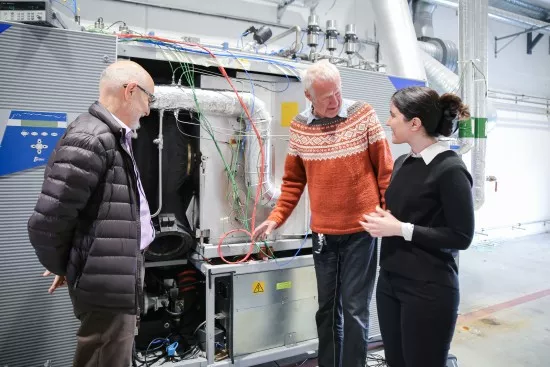According to new atlas, gas turbines are used in aircraft, trains, ships, generators, pumps, compressors and various other places. They can use a variety of fuels, but at present about 90% of gas turbines use natural gas. This fossil fuel produces carbon dioxide when burned. At the same time, it will also escape into the atmosphere where you pump it out of the ground, resulting in worse greenhouse conditions than carbon dioxide in 20 years. In the race to achieve zero emissions by 2050, gas turbines will need to be adapted or eliminated. some organizations, including general electric, have been studying the transition to burning green hydrogen as a clean fuel source**
GE has more than 100 turbines that use at least 5% hydrogen fuel by volume, and it says it is moving toward 100%.

Researchers at Stavanger University in Norway said that they had defeated everyone, claiming that they had already had a gas turbine running with 100% hydrogen combustion since mid May this year. The University operates its own micro gas-fired power plant, whose gas turbines generate heat, electricity and hot water for circulating heating.
"We have set a world record for hydrogen combustion in micro gas turbines. No one has been able to produce at this level before," said Professor Mohsen ASSADI, who was responsible for the study. "The efficiency of running gas turbines with hydrogen will be reduced. However, the biggest gain is to be able to take advantage of the existing infrastructure." The team's research focuses not only on adjusting the combustion chamber of hydrogen, but also on adjusting the fuel system and existing natural gas infrastructure to deal with this very different gas.
Ultimately, such projects will result in conversion kits that can keep old turbine equipment alive while transferring it to a zero emission fuel source. But before these things become economically viable, the price of green hydrogen needs to fall sharply because carbon taxes are applied to cheaper fossil fuel solutions.